Earlier this year, sociologist James I. Bowie published an article for Slate Magazine arguing that the marijuana leaf has become so ubiquitous in cannabis branding as to be visually indistinct. "Marijuana Branding Needs a Makeover," the headline declared. Bowie's position understandably created some controversy among cannabis activists, but it came as no surprise to trademark attorneys who have long been helping our clients balance a desire to honor marijuana's heritage with the need to create a distinct -- and therefore protectable -- cannabis brand.
According to Bowie,
The problem with the leaf in a marijuana business logo is that it is so commonly used that it acts as a symbol of merely the general category, rather than of the specific brand. Such visual clichés can be found in many fields, stemming from tradition (such as the use of striped poles as symbols for barbers) or obviousness (like dentists employing tooth logos). . . . This is fine when the category is more important than the brand. If you need a quick haircut or your molar is killing you, you’ll look for the first striped pole or tooth logo you can find. Because legal pot is still a novelty, the leaf itself is enough to attract business. But as marijuana becomes legally available on a more widespread basis, its branding is going to have to move beyond the generic leaf to incorporate more distinctive visual elements.
As trademark lawyers we can certainly understand Bowie's perspective. The marijuana leaf tells patients and customers that you sell cannabis. A distinctive brand communicates much more.
But it's complicated. Many cannabis businesses incorporate marijuana imagery into their branding to honor those who fought to bring about what today we call the "cannabis industry," and to root themselves in a long tradition of cannabis cultivators and activists. The iconic value of the marijuana leaf and the history it represents should not be understated.
If your company is considering adopting a trademark that incorporates traditional marijuana imagery, it's critical to understand what makes a trademark distinctive, and why adopting a commonly-used word or image may make protecting and enforcing your brand both difficult and costly.
